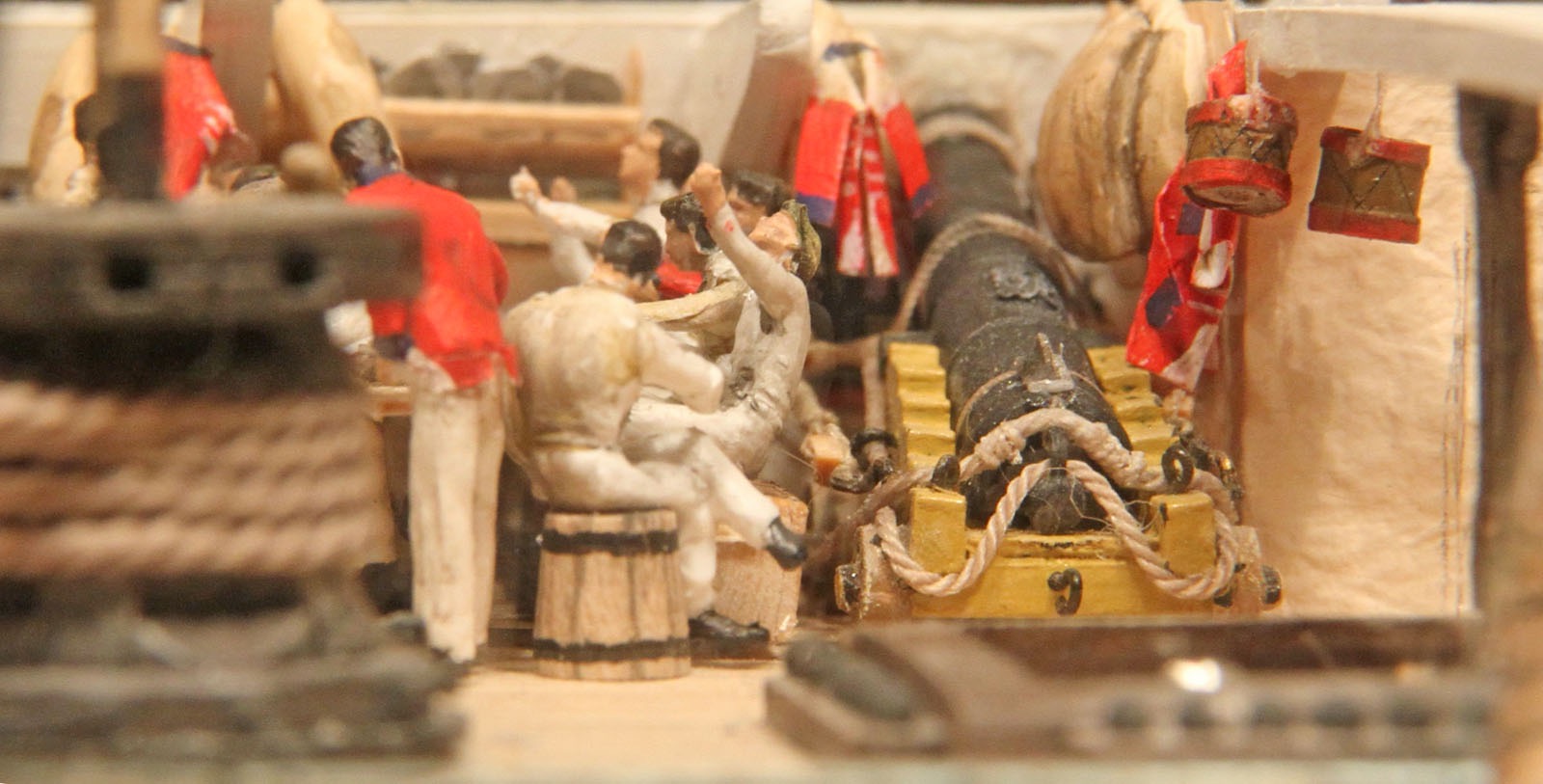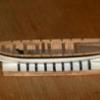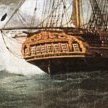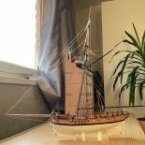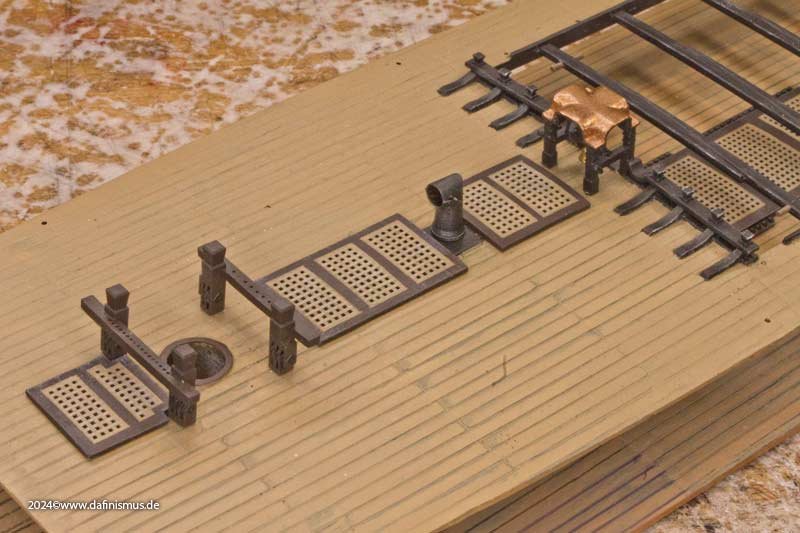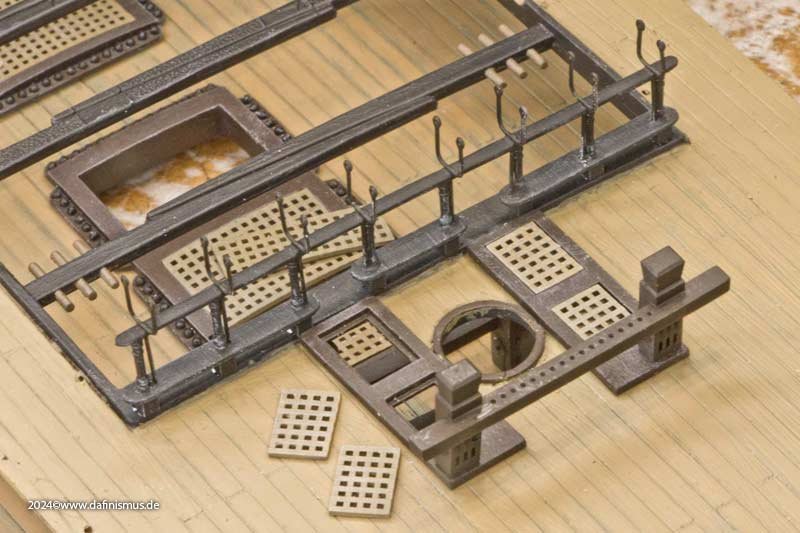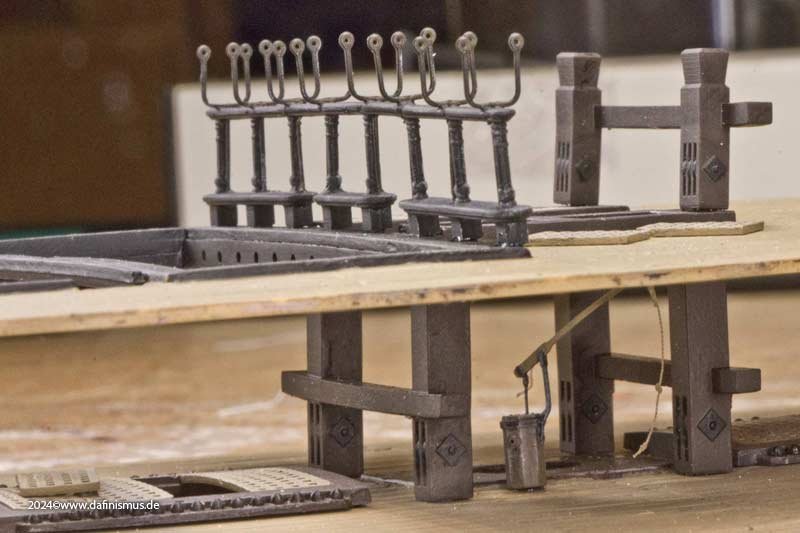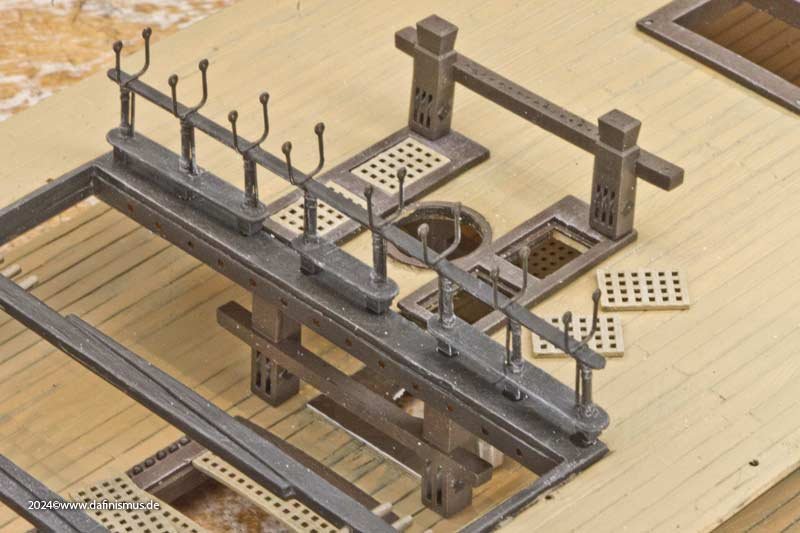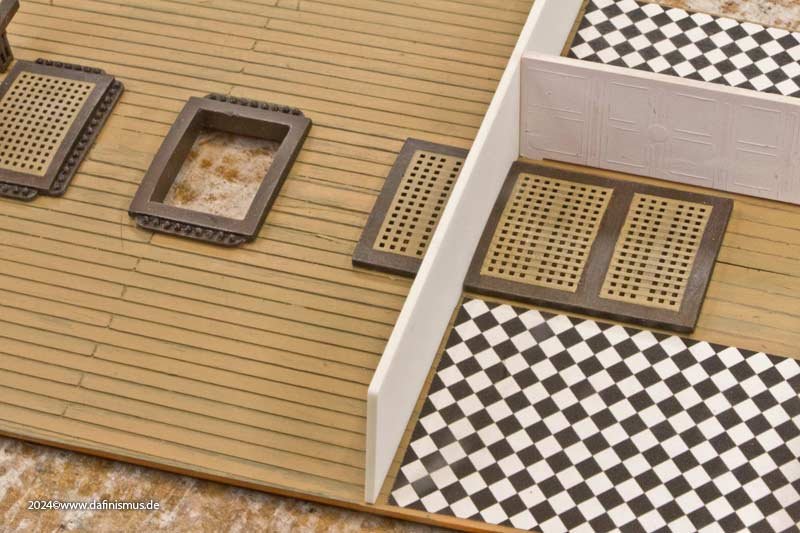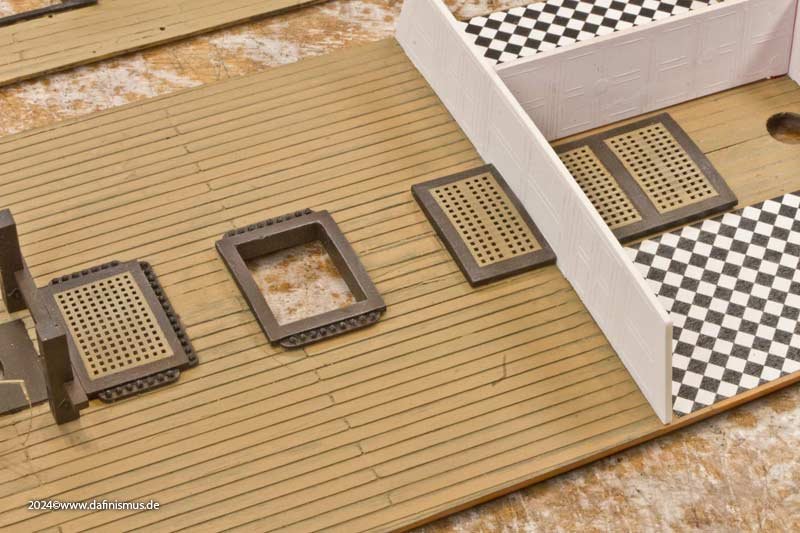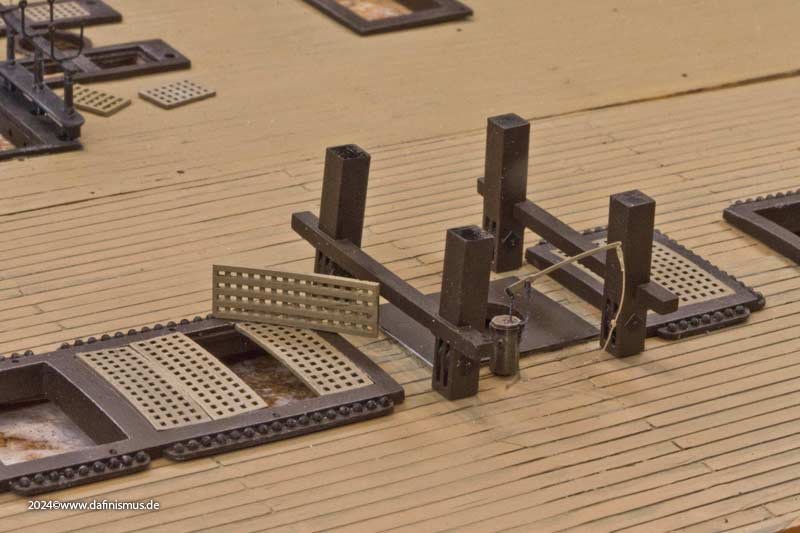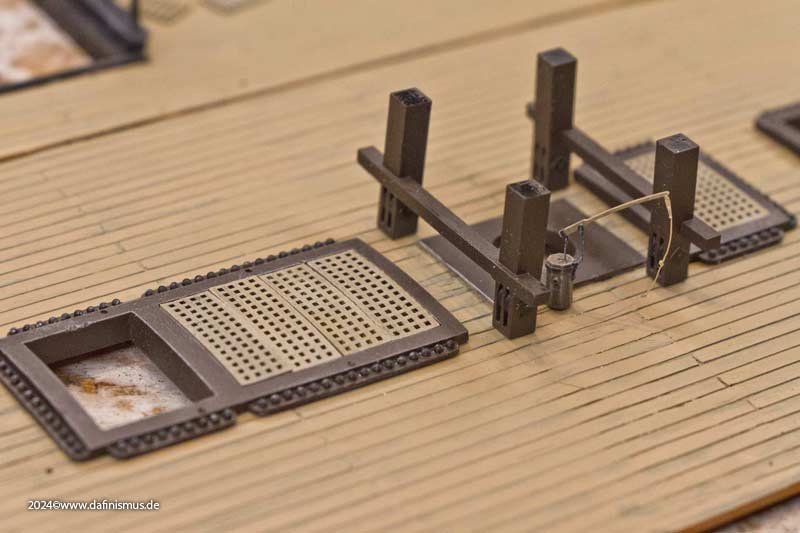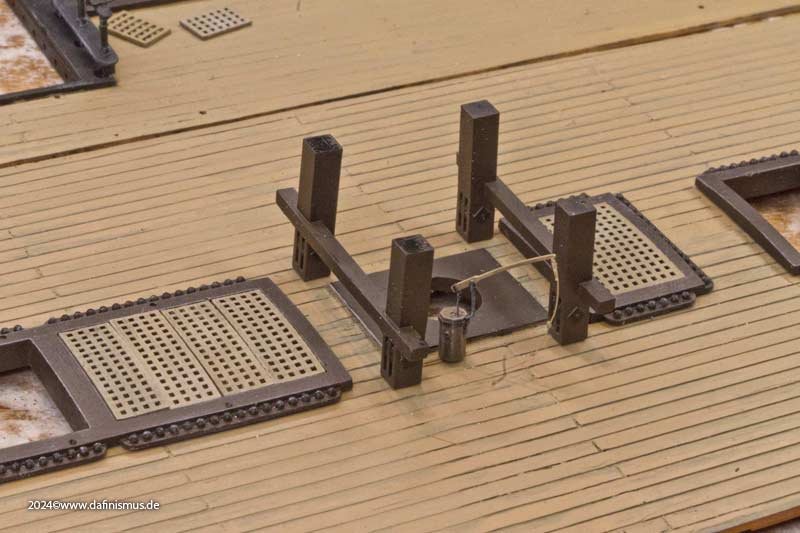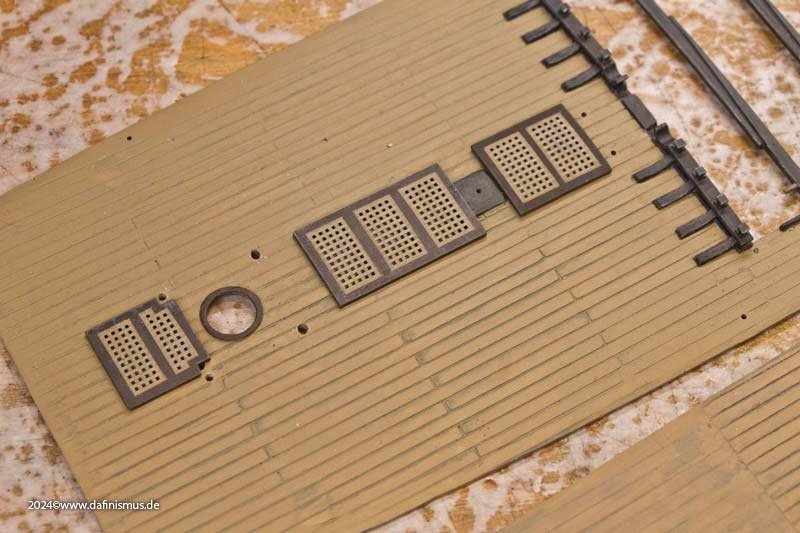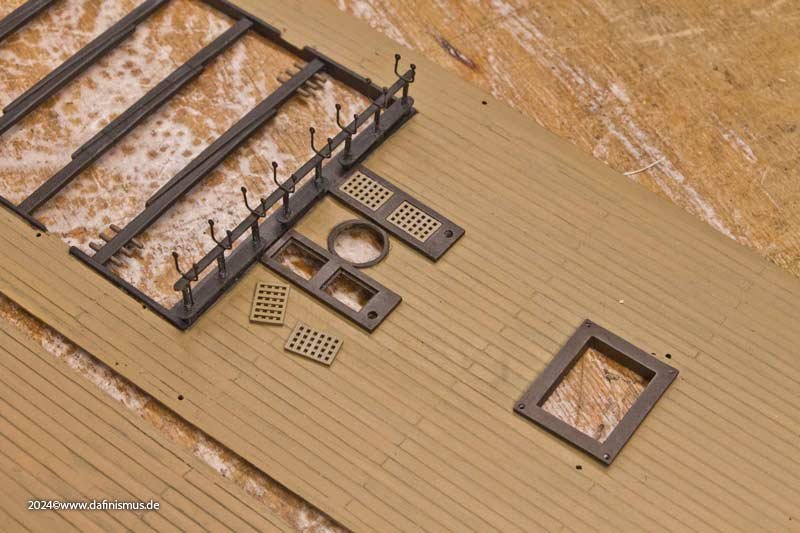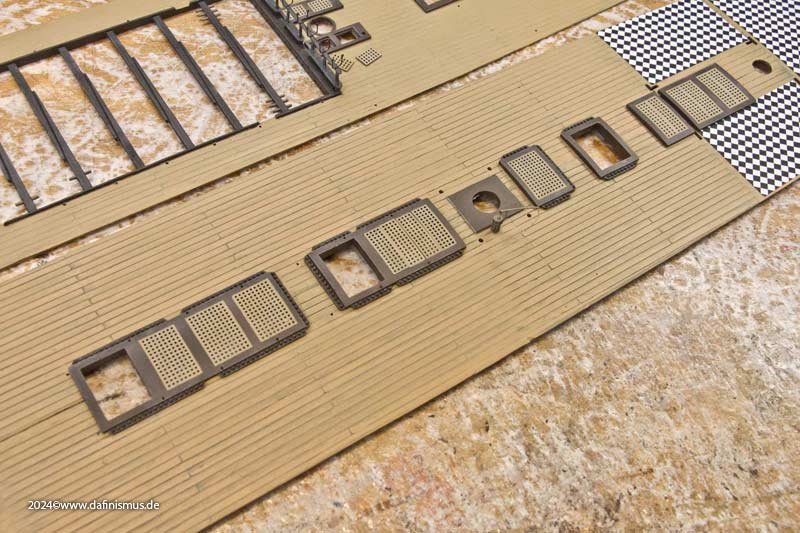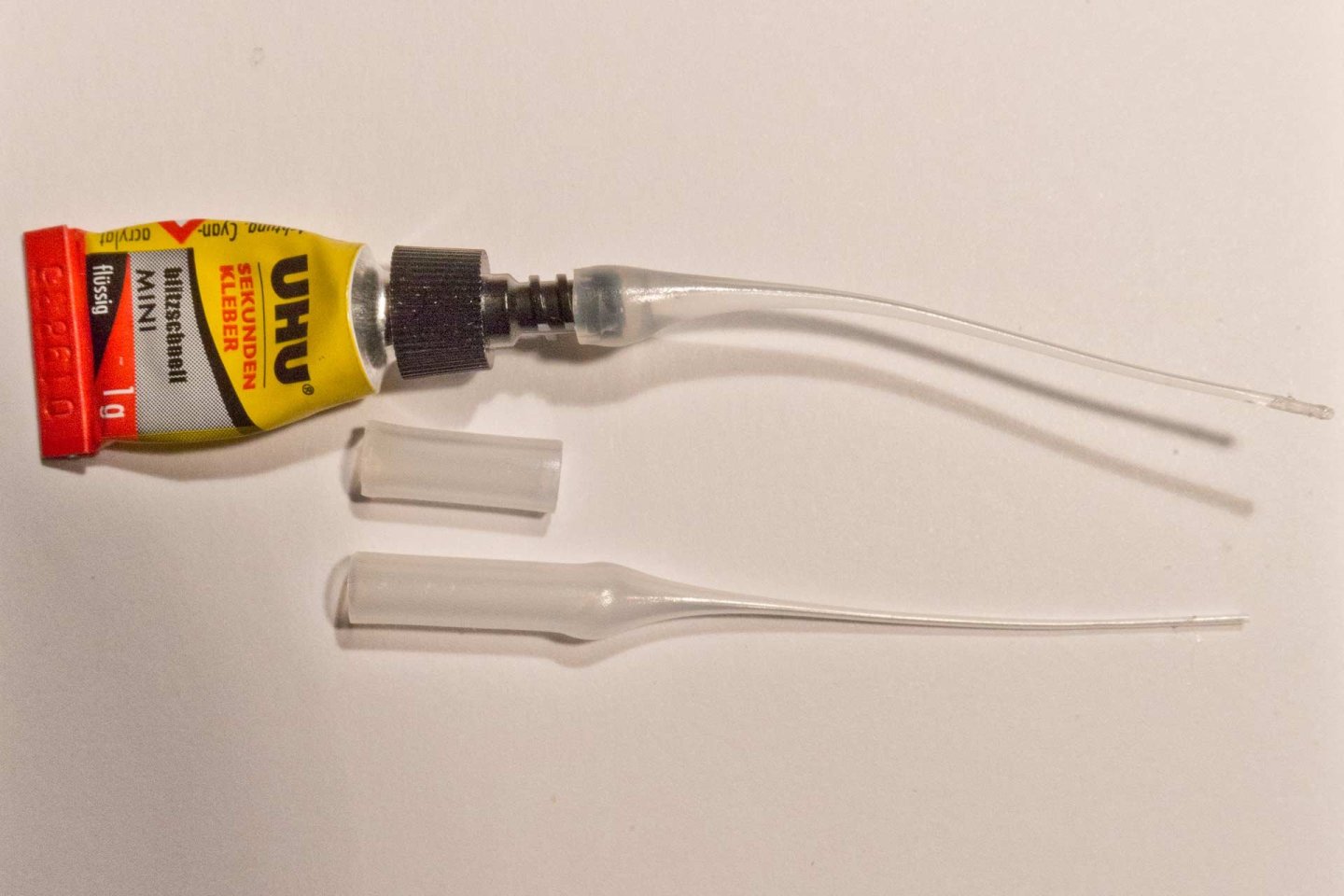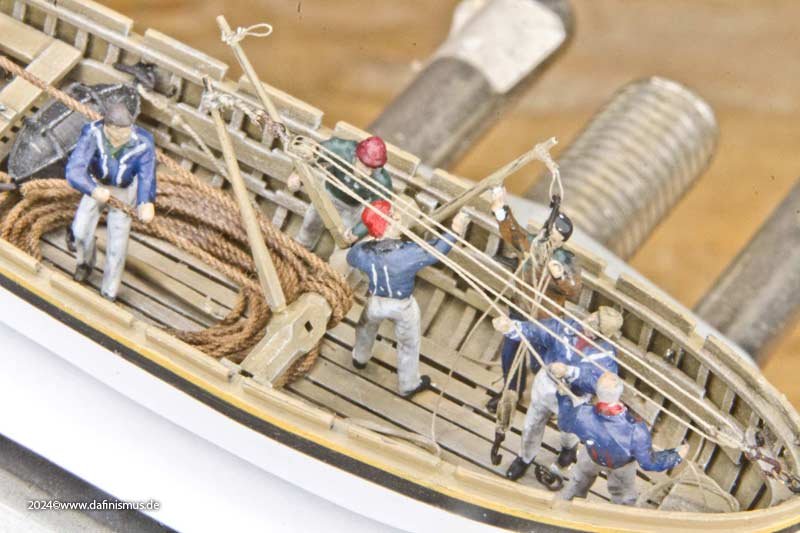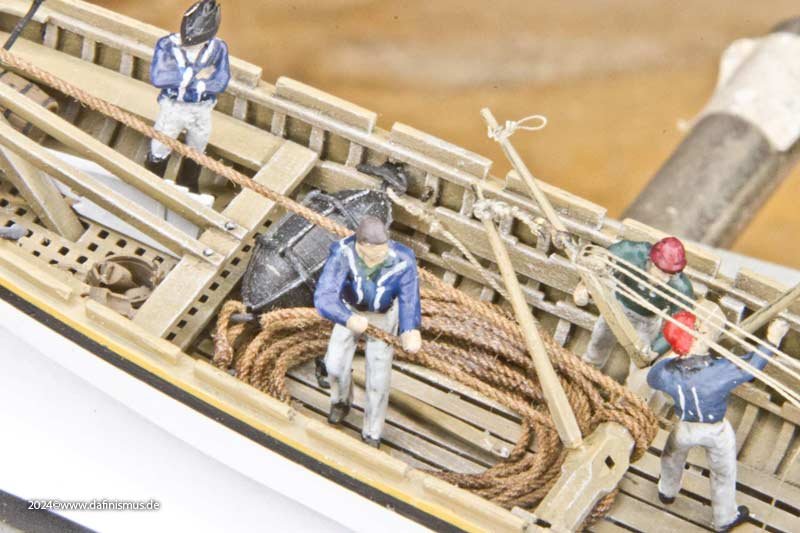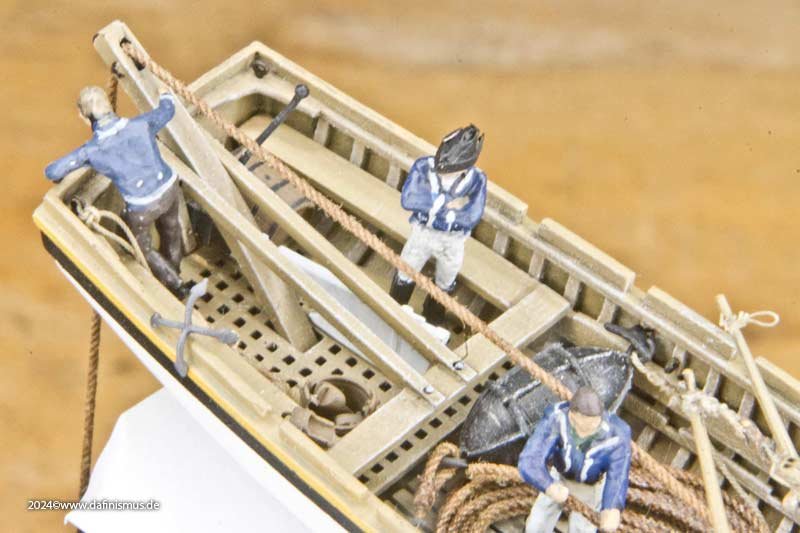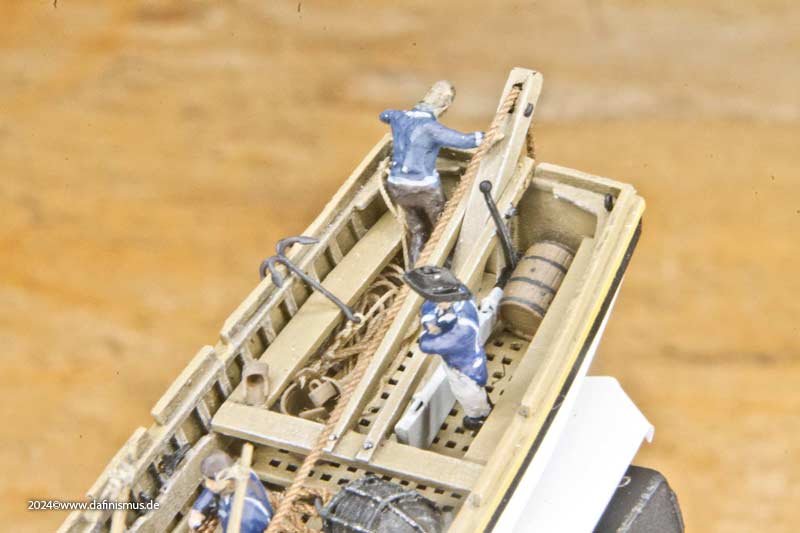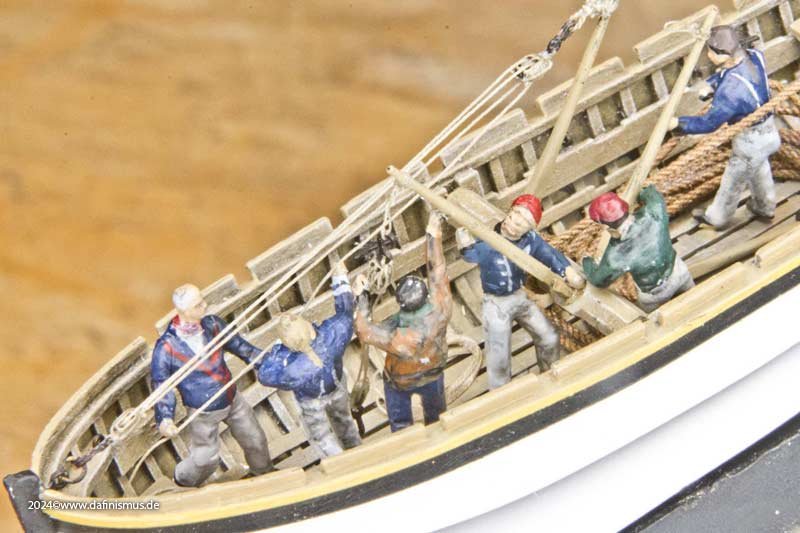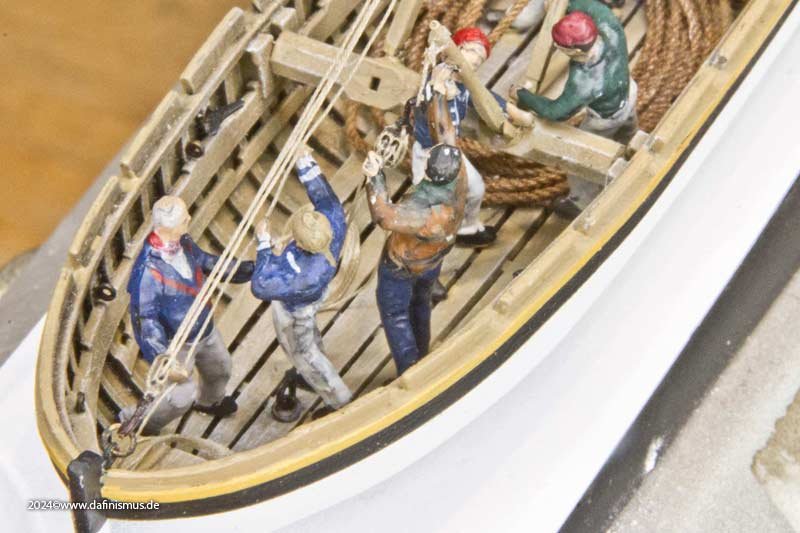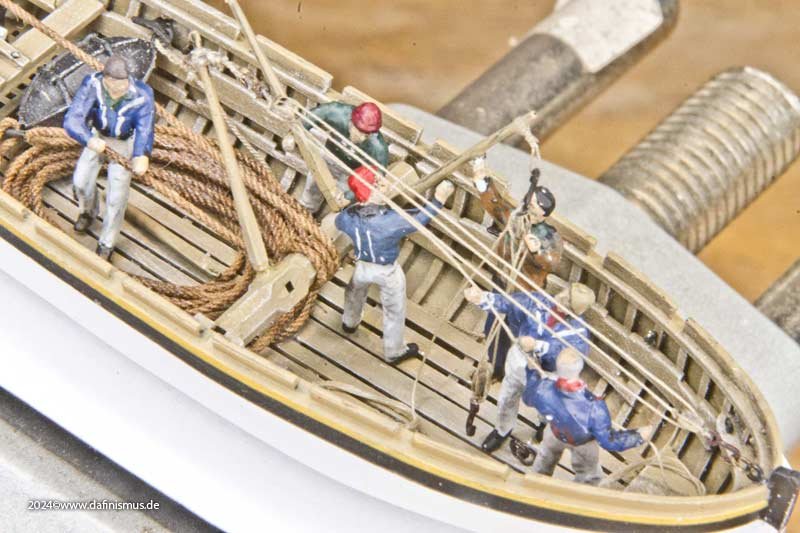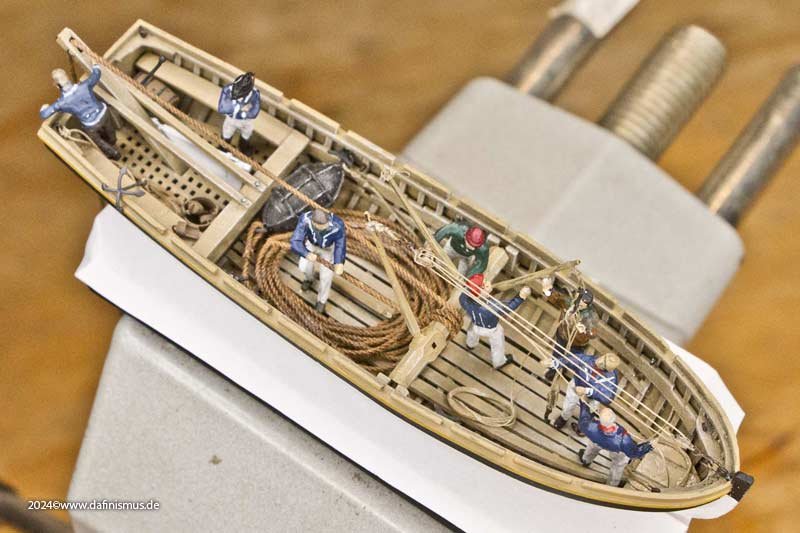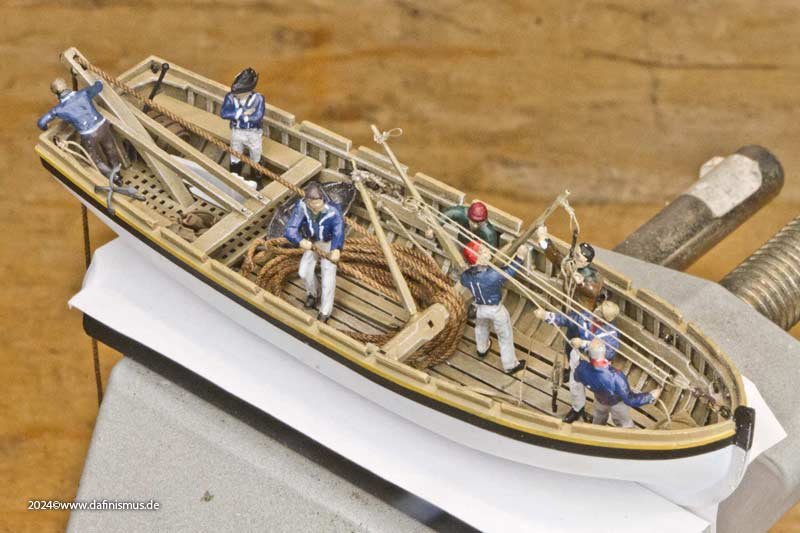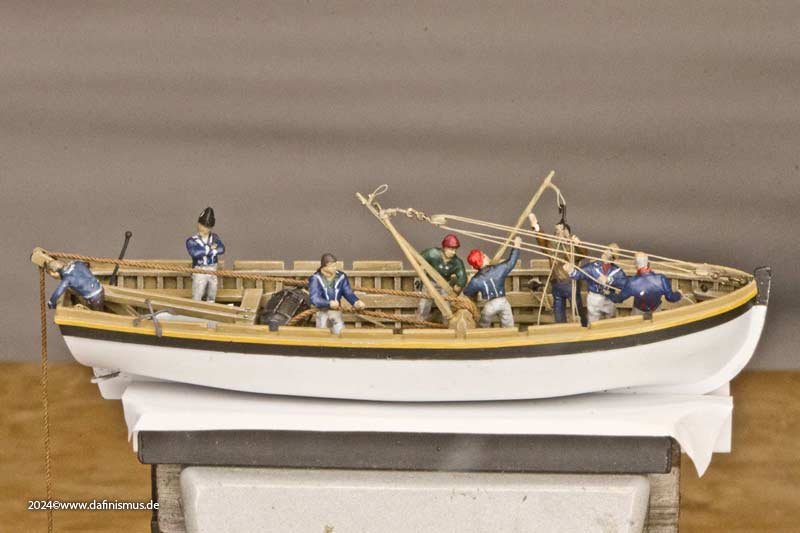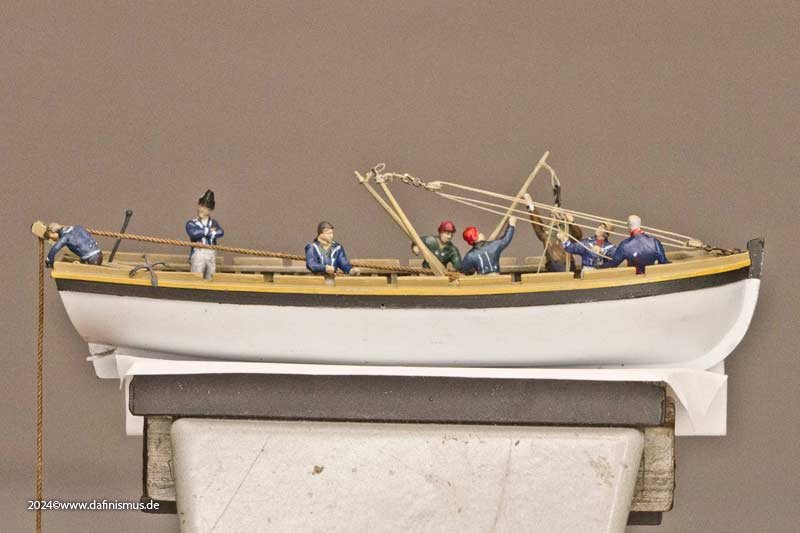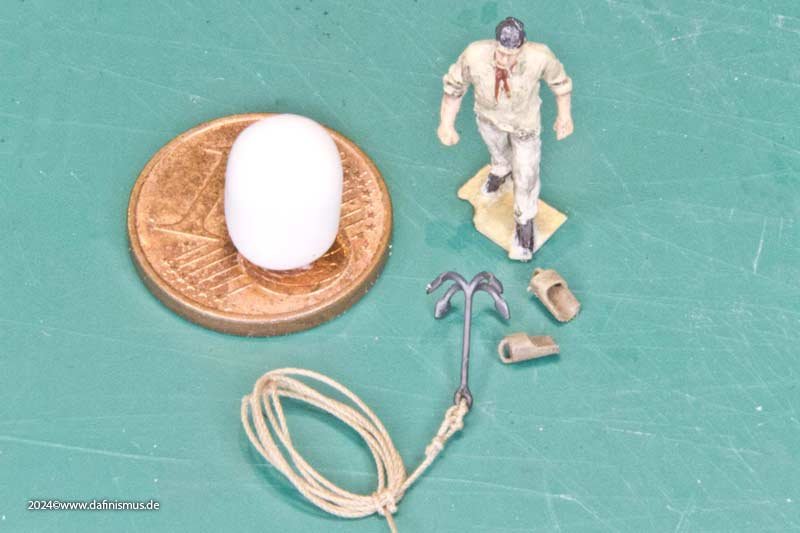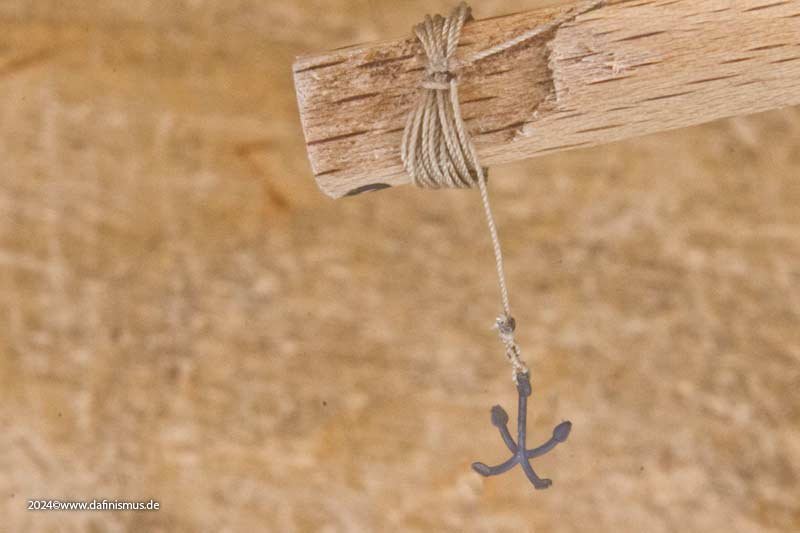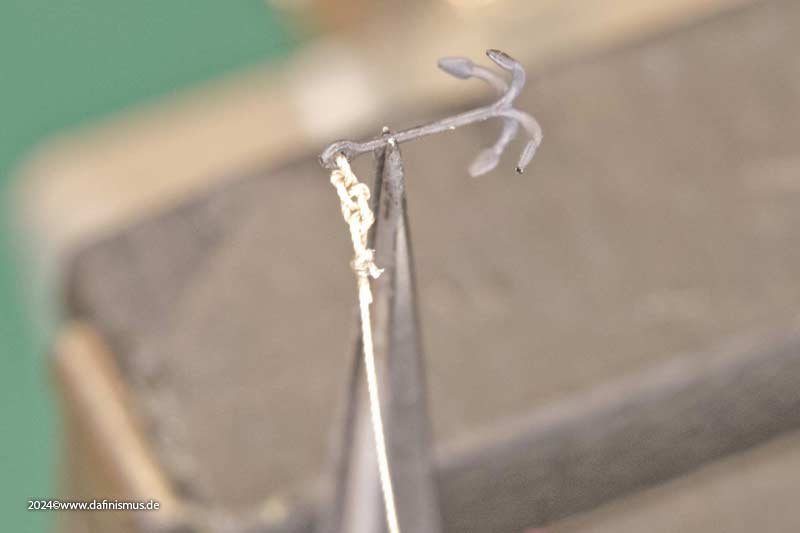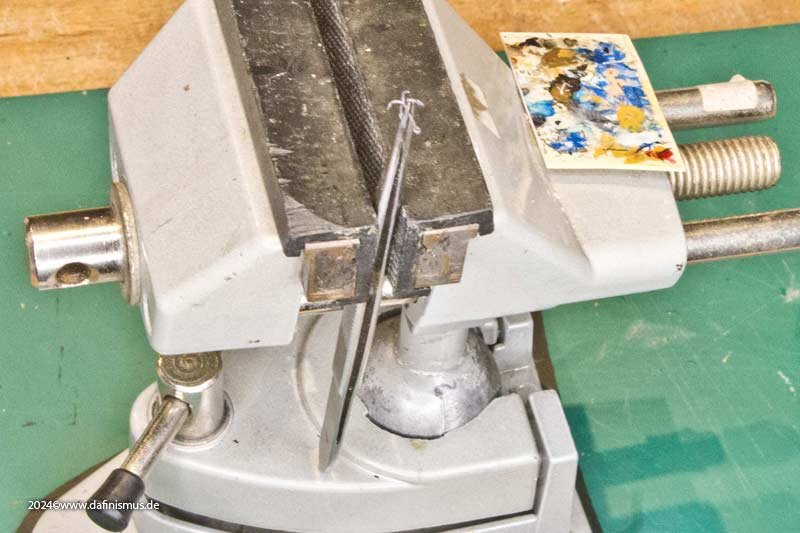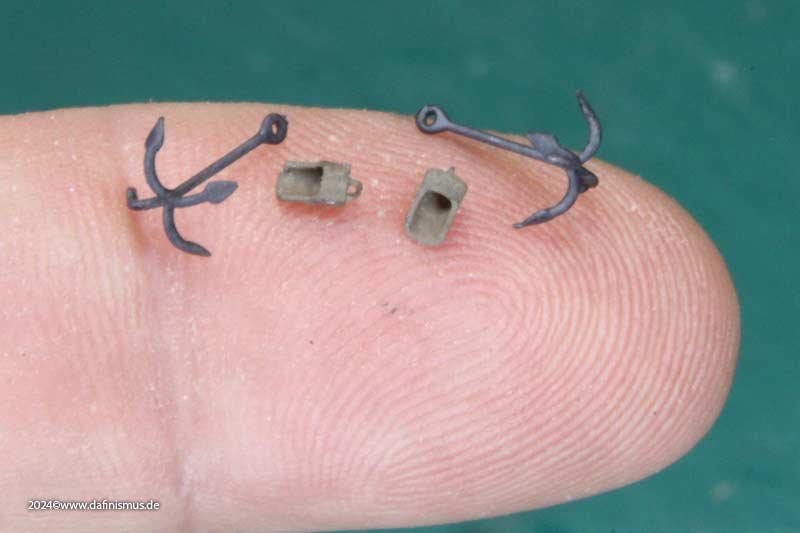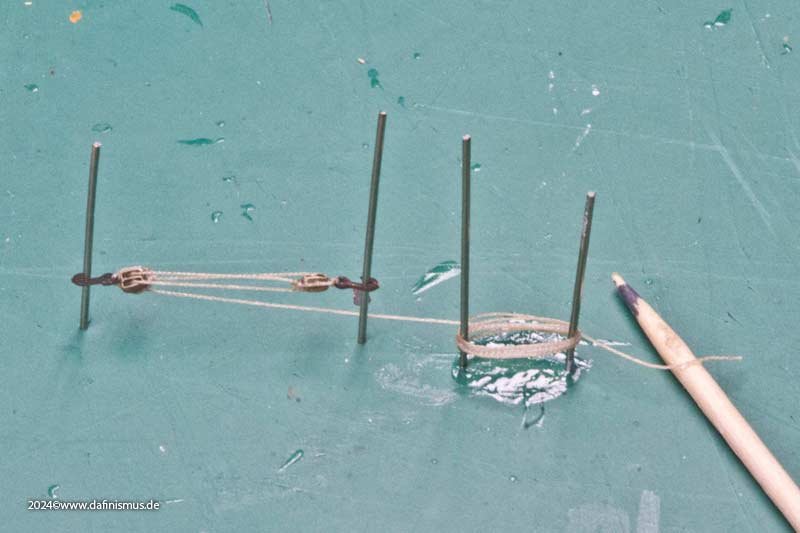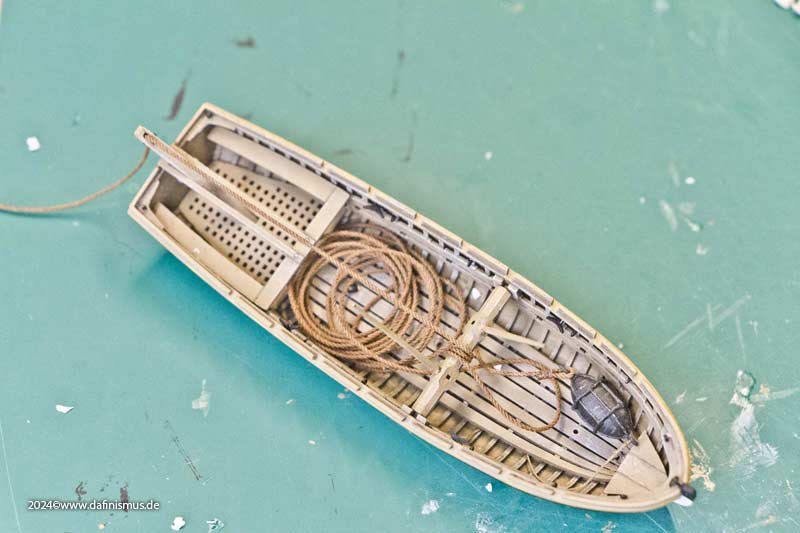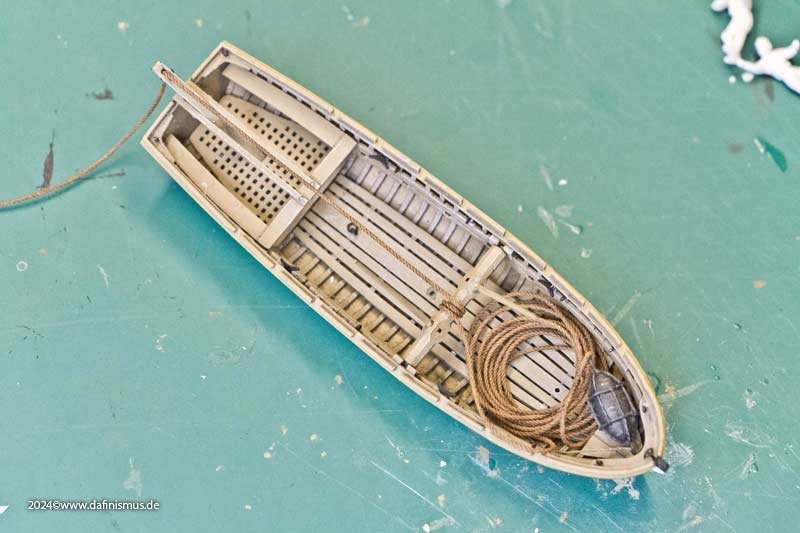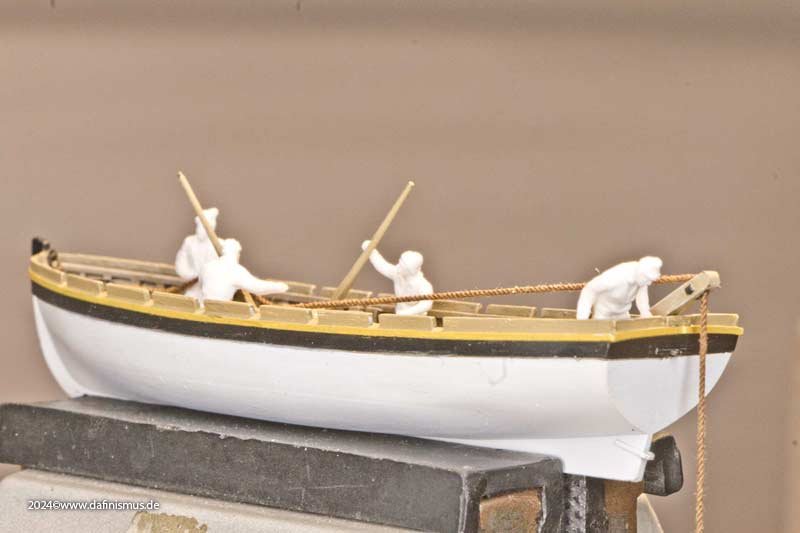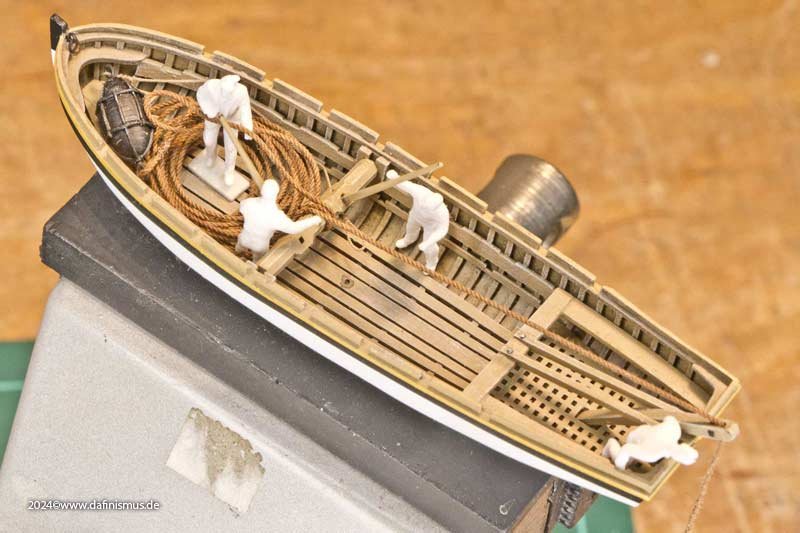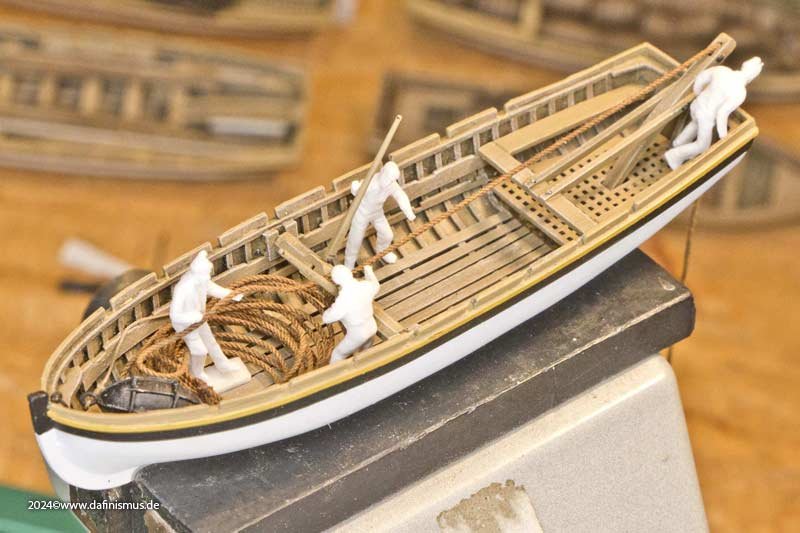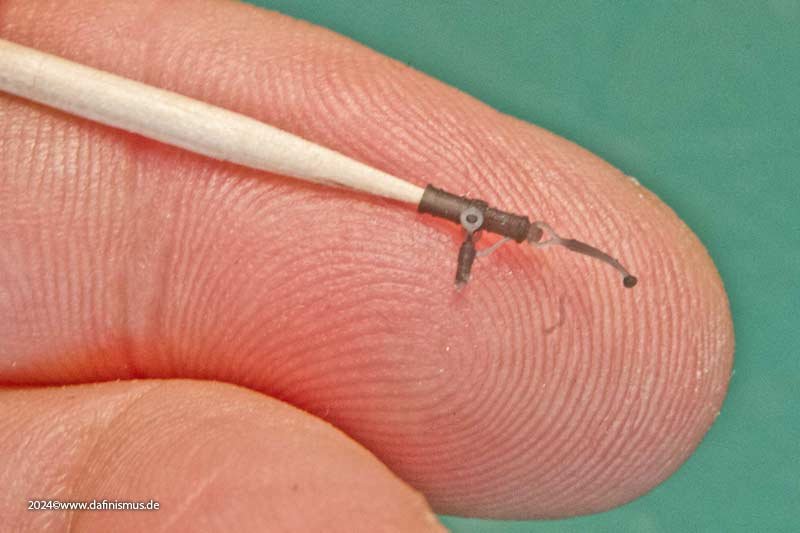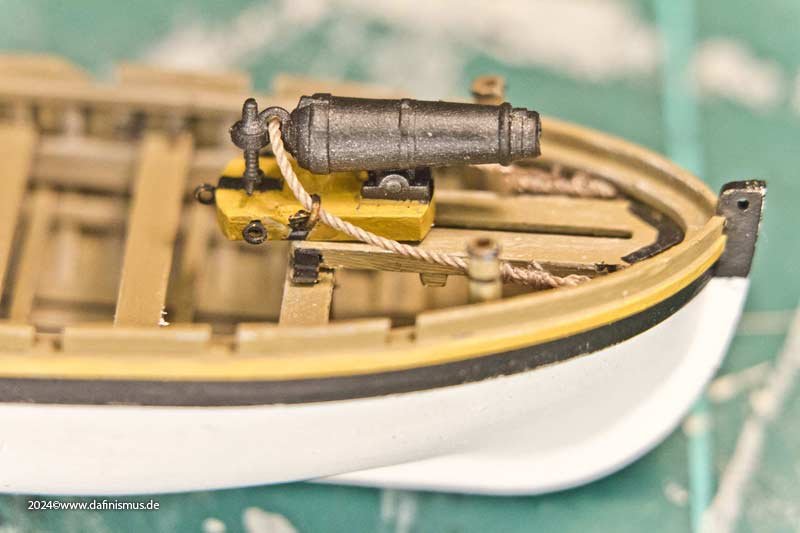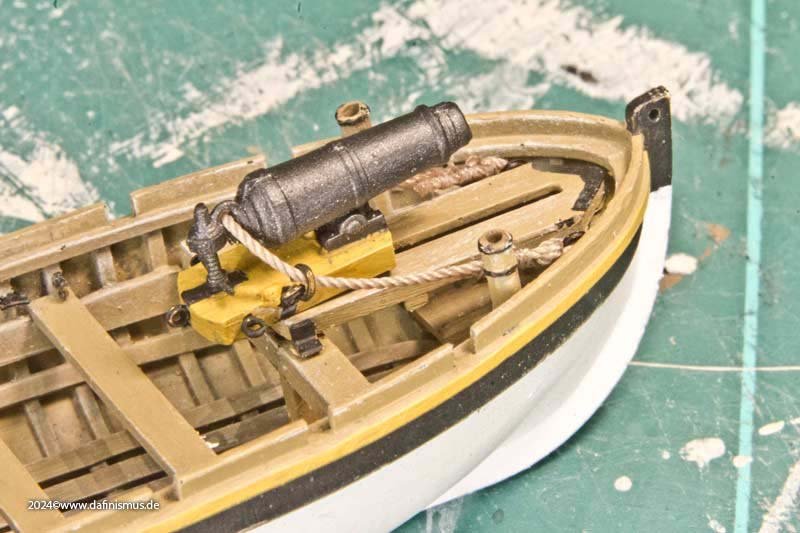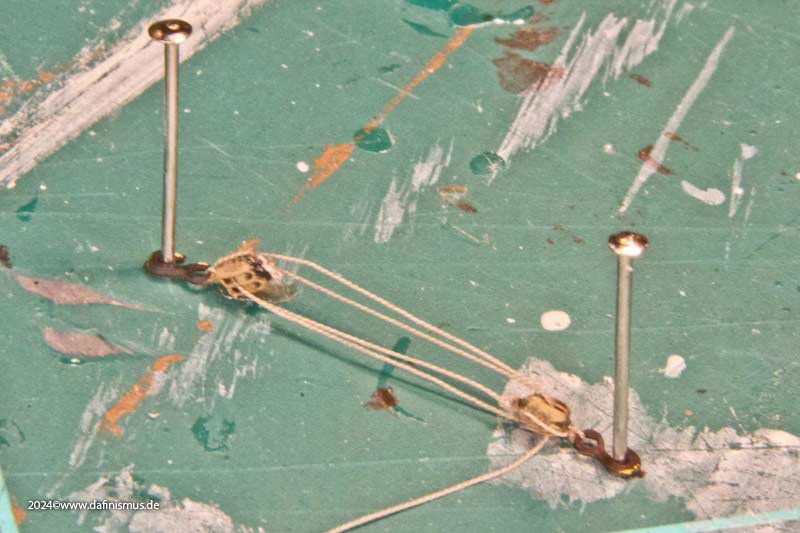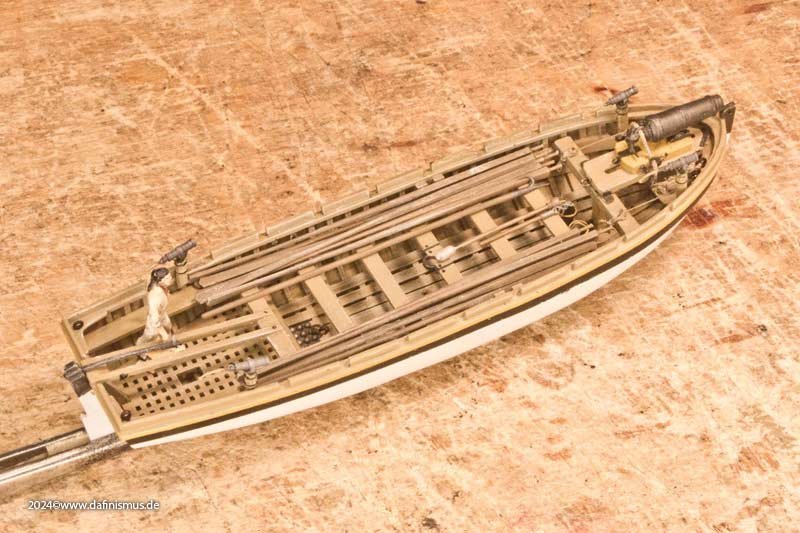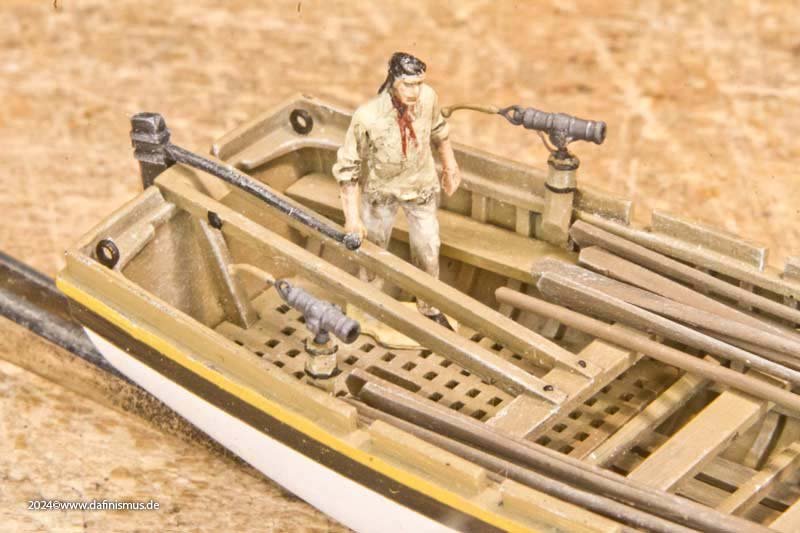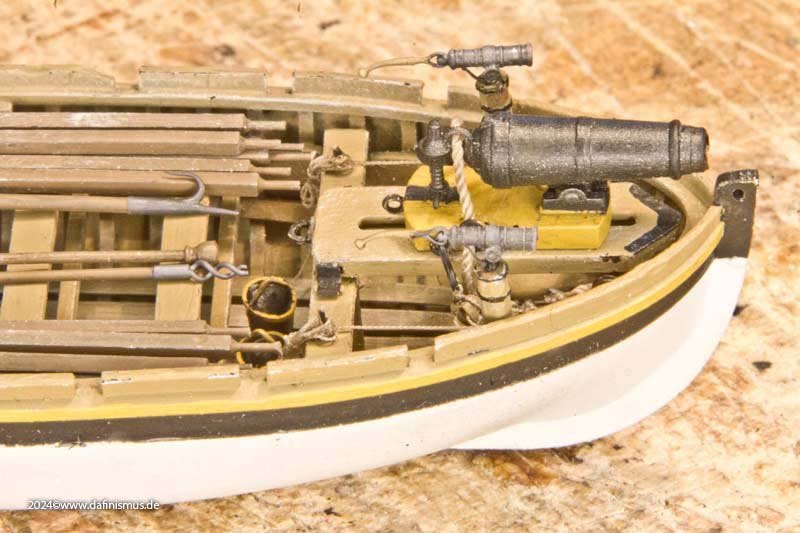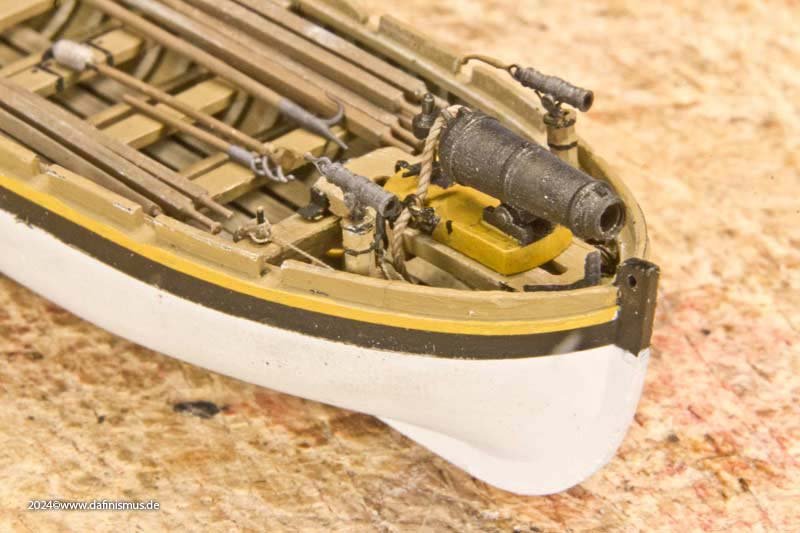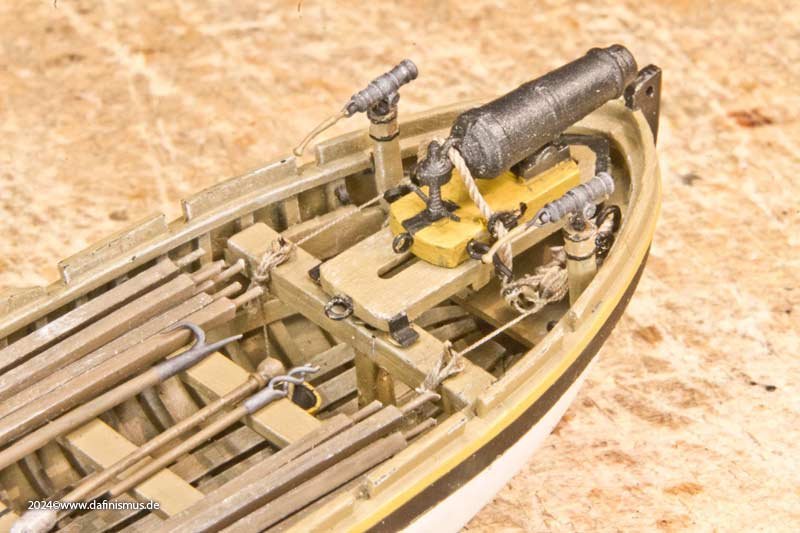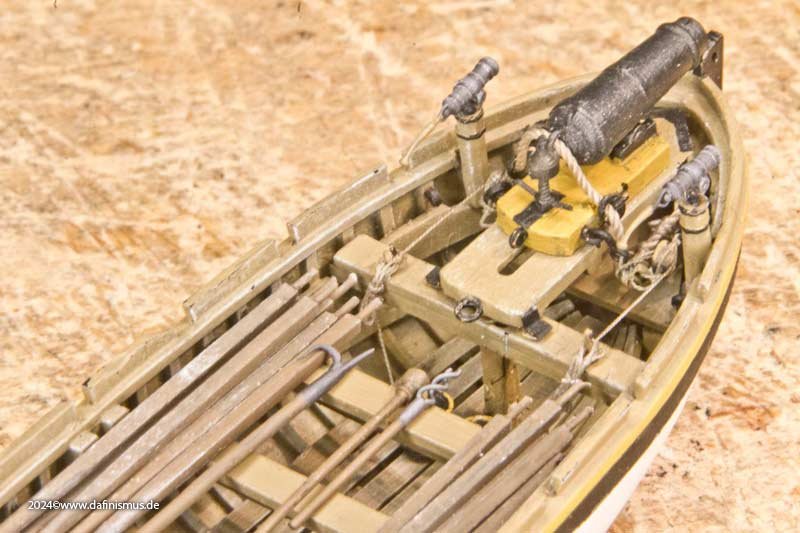-
Posts
2,426 -
Joined
-
Last visited
Profile Information
-
Gender
Male
-
Location
Ludwigsburg Germany
Recent Profile Visitors
-
 dafi reacted to a post in a topic:
HMS VICTORY (HELLER) NEWBIE HERE
dafi reacted to a post in a topic:
HMS VICTORY (HELLER) NEWBIE HERE
-
 dafi reacted to a post in a topic:
HMS VICTORY (HELLER) NEWBIE HERE
dafi reacted to a post in a topic:
HMS VICTORY (HELLER) NEWBIE HERE
-
 VolkerB reacted to a post in a topic:
HMS Victory by dafi - Heller - PLASTIC - To Victory and beyond ...
VolkerB reacted to a post in a topic:
HMS Victory by dafi - Heller - PLASTIC - To Victory and beyond ...
-
 RVB reacted to a post in a topic:
HMS VICTORY (HELLER) NEWBIE HERE
RVB reacted to a post in a topic:
HMS VICTORY (HELLER) NEWBIE HERE
-
 RVB reacted to a post in a topic:
HMS VICTORY (HELLER) NEWBIE HERE
RVB reacted to a post in a topic:
HMS VICTORY (HELLER) NEWBIE HERE
-
 gjdale reacted to a post in a topic:
HMS Victory by dafi - Heller - PLASTIC - To Victory and beyond ...
gjdale reacted to a post in a topic:
HMS Victory by dafi - Heller - PLASTIC - To Victory and beyond ...
-
 Geordie Tyne reacted to a post in a topic:
HMS Victory by dafi - Heller - PLASTIC - To Victory and beyond ...
Geordie Tyne reacted to a post in a topic:
HMS Victory by dafi - Heller - PLASTIC - To Victory and beyond ...
-
 Geordie Tyne reacted to a post in a topic:
HMS Victory by dafi - Heller - PLASTIC - To Victory and beyond ...
Geordie Tyne reacted to a post in a topic:
HMS Victory by dafi - Heller - PLASTIC - To Victory and beyond ...
-
 Geordie Tyne reacted to a post in a topic:
HMS Victory by dafi - Heller - PLASTIC - To Victory and beyond ...
Geordie Tyne reacted to a post in a topic:
HMS Victory by dafi - Heller - PLASTIC - To Victory and beyond ...
-
 JerryTodd reacted to a post in a topic:
HMS Victory by dafi - Heller - PLASTIC - To Victory and beyond ...
JerryTodd reacted to a post in a topic:
HMS Victory by dafi - Heller - PLASTIC - To Victory and beyond ...
-
 jim Landis reacted to a post in a topic:
HMS Victory by dafi - Heller - PLASTIC - To Victory and beyond ...
jim Landis reacted to a post in a topic:
HMS Victory by dafi - Heller - PLASTIC - To Victory and beyond ...
-
 Keith Black reacted to a post in a topic:
HMS VICTORY (HELLER) NEWBIE HERE
Keith Black reacted to a post in a topic:
HMS VICTORY (HELLER) NEWBIE HERE
-
Matt it is! 🙂 XXXDAn
-
 dafi reacted to a post in a topic:
HMS VICTORY (HELLER) NEWBIE HERE
dafi reacted to a post in a topic:
HMS VICTORY (HELLER) NEWBIE HERE
-
Not to forget, these instructions were done more than 45 years ago and base on the 1920 reconstruction. Thus said one understand the color "cadmium yellow" being indicated in the instructions. And yes, I have pictures of the ship in cadmium yellow as it once was 🙂 Yellow ochre, sunflower yellow or yellow ochre blended with red and white (latest result, but sure not last), also feel free a bit for your own taste. The correct shade of color will surely never be revealed as even "newer" ships like Bismark there are raging discussions about this topic ... XXXDAn
-
And this was the result of what I was able to complete during the public crafting session at the trade fair. The gratings also have the correct different thicknesses for the longitudinal and transverse battens on the underside. The admiral's quarters area was given a chequerboard floor. Here you can also clearly see the rollers of the bitts in the deck below. And the forecastle looks much more structured and tidier too. Well, that's it for now 🙂 XXXDAn
-
 dafi reacted to a post in a topic:
HMS VICTORY (HELLER) NEWBIE HERE
dafi reacted to a post in a topic:
HMS VICTORY (HELLER) NEWBIE HERE
-
 dafi reacted to a post in a topic:
HMS VICTORY (HELLER) NEWBIE HERE
dafi reacted to a post in a topic:
HMS VICTORY (HELLER) NEWBIE HERE
-
And for really tiny applications these applicators are unbeatable. They do not need to be closed and stay open for a long time. If closed, just cut off a quarter of a millimeter and its fresh again. Only safety hint: Start pressing gently until the air bubble rises. If it does not rise the tube immediately it is closed and needs to be cut. And if you cut after having applied too much pressure it will release quite a bit of glue until the over pressure is released. Otherwise this cheap things reduced the amount of wasted glue immensely! XXXDAn
-
Oups, and I forgot to tell you that before the planned mess, we first had to test fit the new parts. Non-existent openings in the admiral's quarters were marked... ... cut out ... ... and adjusted to the bulkheads. The coamings and gratings were also adapted to their openings, or vice versa. And at some point, the upper battery deck was completely covered with coamings. The same procedure was followed for the forecastle and aft deck. The coamings are not as high here, as there were open decks underneath. In the area of the main mast, the gratings can be taken out, as there are some ropes leading to the bits in the deck below. This makes it easier to belay them. I also installed those bits and, as a little treat, a new hand pump was also installed there. Then the coamings were given their colour. The gratings were then masked off and painted light brown, then inked very thinly with black ink and brushed with white. And then there was the slave labour: gluing in the cannonballs... ... and securing them on the underside with thin-flow superglue. Finally, I doped the railing with the net holders... ... and add some thickness to the gangway with white Evergreen on the underside ... ... and this part of the task is finished.
-
🙂 🙂 🙂 XXXDAn
-
 dafi reacted to a post in a topic:
HMS VICTORY (HELLER) NEWBIE HERE
dafi reacted to a post in a topic:
HMS VICTORY (HELLER) NEWBIE HERE
-
Next, I had to come to terms with the not *quite* correct planking pattern. A few beers later, I was fine ... Then I realised that the plank gaps were much too wide and would be far too prominent for my liking when filled with paint or wash. So I came up with the following plan: I sprayed the deck black ... ... and then scraped off with a blade so that the black paint remained in the depths like preshading. As always with my best plans, it ended up being a big mess. Then I tried out different shades of brown, both solvent-based, acrylic and water-based, in various opacities. It resulted in a pretty patchwork. The forecastle in particular was quite colourful ... ... which is why grey tones were used on the gangway. But what can I say, I really didn't have such a grimy deck in mind. So I sprayed it again and stripped it off again. In the meantime, I had remembered the other moulded parts, especially the gratings, which I had tuned to wood. That was the specification it had to match. And even though there are usually no major colour differences in the wood on original decks, except for traces of moisture, preshading with black prevents it from looking too much like a painted steel deck. You just have to throw your imagination a few little treats now and then to keep it happy. It was just a matter of finding the right balance. So I applied three glazed coats of paint until the black was only very faintly visible. Interestingly, the plastic of the upper deck was a light beige, while the lower deck was reddish brown. This was easily remedied by applying a grey glaze under the brown glazes. This technique also brings the area under the forecastle, which has no plank engraving, to life so well that engraving was not necessary and simple pencil strokes can substitude the engraving. I think that, given the limited visibility of this area, this is a good effort-appearance ratio. So, quickly in with the printed parts... ...and take some beauty shots.
-
Before heading to the trade show, things were naturally crazy for me – splinters were flying once again. One of the things I wanted to show was a comparison between the original kit parts and what you can actually make out of them. To do this, the decks had to be prepared. First, the old gratings had to be removed. Then the good parts of the deck were protected with gaffer tape and the old coamings were sanded down with a coarse file ... ... and the remains were removed with a blade ... ... or helped along with a fine file. For the finishing touches, I sawed a batten to the right width and covered it with sandpaper, which allowed me to achieve a nice even surface. Since the new coamings are also supposed to cover the thickness of the decks, I had to cut larger the openings of the companionways a little. A red pencil line serves as a mark. This was trickier on the upper deck, as the deck is not divided in half. But here too, I first had to cut out the grating ... ... cut out the coamings with the flat blade and finish them in the same way as the lower deck. For the wide openings at the rear with the thicker coamings, I made a 45° relief cut with the scalpel, which meant there was less material to remove horizontally. This made it much easier to work with the blade. And then again, enlarging the section by the width of a pencil. For this exhibit, I deliberately chose not to use a purchased wooden deck or one built one like on the other model, but to experiment with what could be achieved with paint. Now it was getting exciting ...
-
Captain Dafi, personal logbook, addendum: Recently, it was time once again for public tinkering at the game fair in Stuttgart / Southern Germany. I had brought quite a bit of material with me again. A little reminder of Èvian 🙂 And my Soleil in full sun—simply ROYAL! One of my topics was the comparison between the parts that come from the kit and what you can make from them. Here is a comparison of the two upper decks. And as usual, there was plenty of delicacies to enjoy: pumpkin-sweet-potato-carrot-potato-ginger-soup special recipe dafi — yum! Enjoy, Daniel
-
I was in model-building deprivation, with no time to do anything and not even to document what I had already built. The version of the Launch with sails has to be stored in the back for now, as martens have damaged it by chewing on the sails ... That's why I continued with the version equipped with a davit for anchoring and fishing. Here some pictures last stage. First, there was the question of where to put the cable that had been hauled up. Instinctively, I had stowed it in the bow during the first test. But in order to attach a pulley to the capstan that can only be attached forwards to the stem and the cable accordingly had to go to the rear. So I decided to store it in the middle of the boat, which is also better balanced, and you can see that this is a good solution. But first, a little bit of small stuff, which also makes a difference http://www.shipmodels.info/mws_forum/images/smilies/icon_wink.gif The pulleys are pre-assembled; this one should hang loosely, so I shaped it with wallpaper glue. The grapnel anchor and ladles have also arrived. To tie in the anchor rope, I clamped a pair of tweezers in my vice. And then I built a nice bunch with the rest of the rope. And here it is the small menagerie. And now it got pleasantly exciting, but see for yourself... While two lads secure the pulley, the capstan bar is being changed on the other side. The lieutenant keeps a watchful eye on the whole process, while one man checks to see if anything is happening at the back end at the cable. In the middle, one man holds the cable taut and clears it neatly. That setup certainly wouldn't have worked with the rope at the front in the bow, as crowded as it already is there. Cheers, Daniel
-
 dafi reacted to a post in a topic:
Treenail Question From A Newbie
dafi reacted to a post in a topic:
Treenail Question From A Newbie
-
I always would like to warn to take the museum ship/reconstruction in Portsmouth as a reference. Actually that was the hardest learning for me to ignore this wonderful exhibit on my trip down Victory roads 🙂 Not moaning or beefing around at all those people that were and still are keeping her alive untill today, but for ressources and other reasons it is far off being a reference. It is a wonderful inspiration, it really is, but not more. Showing the treenails or the covers for the nails in the model? Simply a question what one wants to achieve with the build. Do you want to show the construction principles - then show the nails. If you like a realistic view omit them. Simply a personal choice. All the best, Daniel
-
 dafi reacted to a post in a topic:
Does painting mean covering the mistake?
dafi reacted to a post in a topic:
Does painting mean covering the mistake?
-
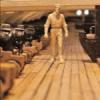
Wales
dafi replied to -Dallen's topic in Building, Framing, Planking and plating a ships hull and deck
But it is very tricky to take everything past ≈1860 as a referenece (if not for that very special time) as the ships were heavily reworked with view on the costs and the fact that those ships mostly went into harbour duty. There is not "one" place for the wales as it followed the "fashion" of the times and the needs of the ship. As the internal structures were always improved, so were the outer parts too. If I recall well, the wales on Victory changed place during the great repair in 1803. And in ≈ 1860 they were completely replaced by a smooth and cheap planking as only harbour duties were done. And even today (or at least before the last restauration) Victory´s wales were just a fake by being much thinner than the looks suggested and being invisibly augmented by steel bolts to give some distance to the frame ... XXXDAn -
Thank you for all the thumps up, as always very appreciated! And I am always delighted by the fine structures that are now possible in printing. Once again, parts whose diameter is half as wide as my papillary ridges, these are some of the finest parts of my products 🙂 XXXDAn
-
As I have wrecked the sails, there is a forced break at this point to ‘reweave’ them. Since my day-to-day business leaves little time for this, it is taking longer than expected. Therefore, I am continuing with a rowed version as an interim action to build. According to the armament list, the Victory had a 24-pounder carronade for the big launch, for landing operations and similar tasks. It is time to continue with this little vignette. To this end, I have acquired a 24-pounder from my Constitution model, removed the first thwart, reinforced the second one, and already have a passable support. I have also added the swivel guns from the fighting tops of the my Constitution. First, I checked the length of the breech rope. The green underlay is good for rigging the small blocks, as you can push two needles into it as holding points. The blocks themselves were slotted into the vice as already described. And then it was finished http://www.shipmodels.info/mws_forum/images/smilies/icon_smile.gif The tools for the carronade are already included, shortened in comparison to the other guns. The cannonballs are stowed deep in the boat in the rack. All that's missing are the small salt boxes for the powder cartridges and a toolbox. Enjoy, Daniel
About us
Modelshipworld - Advancing Ship Modeling through Research
SSL Secured
Your security is important for us so this Website is SSL-Secured
NRG Mailing Address
Nautical Research Guild
237 South Lincoln Street
Westmont IL, 60559-1917
Model Ship World ® and the MSW logo are Registered Trademarks, and belong to the Nautical Research Guild (United States Patent and Trademark Office: No. 6,929,264 & No. 6,929,274, registered Dec. 20, 2022)
Helpful Links
About the NRG
If you enjoy building ship models that are historically accurate as well as beautiful, then The Nautical Research Guild (NRG) is just right for you.
The Guild is a non-profit educational organization whose mission is to “Advance Ship Modeling Through Research”. We provide support to our members in their efforts to raise the quality of their model ships.
The Nautical Research Guild has published our world-renowned quarterly magazine, The Nautical Research Journal, since 1955. The pages of the Journal are full of articles by accomplished ship modelers who show you how they create those exquisite details on their models, and by maritime historians who show you the correct details to build. The Journal is available in both print and digital editions. Go to the NRG web site (www.thenrg.org) to download a complimentary digital copy of the Journal. The NRG also publishes plan sets, books and compilations of back issues of the Journal and the former Ships in Scale and Model Ship Builder magazines.

